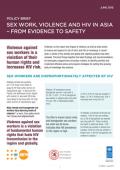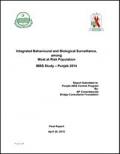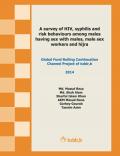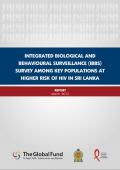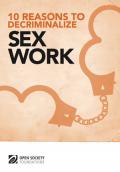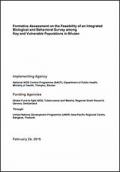Publications on Key Populations
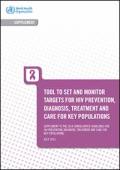
Resource | Tools,
This document provides guidance on monitoring and evaluating the implementation of the comprehensive package of interventions to address HIV among key populations: men who have sex with men, people in prisons and other closed settings, people who inject drugs, sex workers and transgender people.
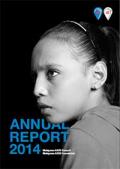
Resource | Publications,
The Ministry of Health’s 2014 statistics on HIV and AIDS show a slight increase of 3,517 HIV cases from 3,393 in 2013 to 3,517 new cases with a total cumulative of 105,189 HIV cases. The trend indicates a 78 per cent increase in sexual relations comprising homo/bisexuals and heterosexuals.
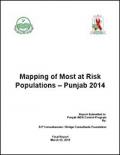
Resource | Publications,
The key objective of this mapping study was to provide the province with accurate and reliable information on the size and characteristics of most at risk populations in selected cities of Punjab, through a comprehensive mapping study. Since this activity is an opportunity for capacity building, another objective being to use this research to enhance capacity within government programs and partner organizations to conduct similar research studies in the future.






